Category Archives for AZ-303

Blue-Green Deployment in Azure
When you are deploying a new change into production, the associated deployment should be in a predictable manner. In simple terms, this means no disruption and zero downtime! The safe strategy can be achieved by working with two identical infrastructures – the “green” environment hosting the current production and the “blue” environment with the new […]
Read More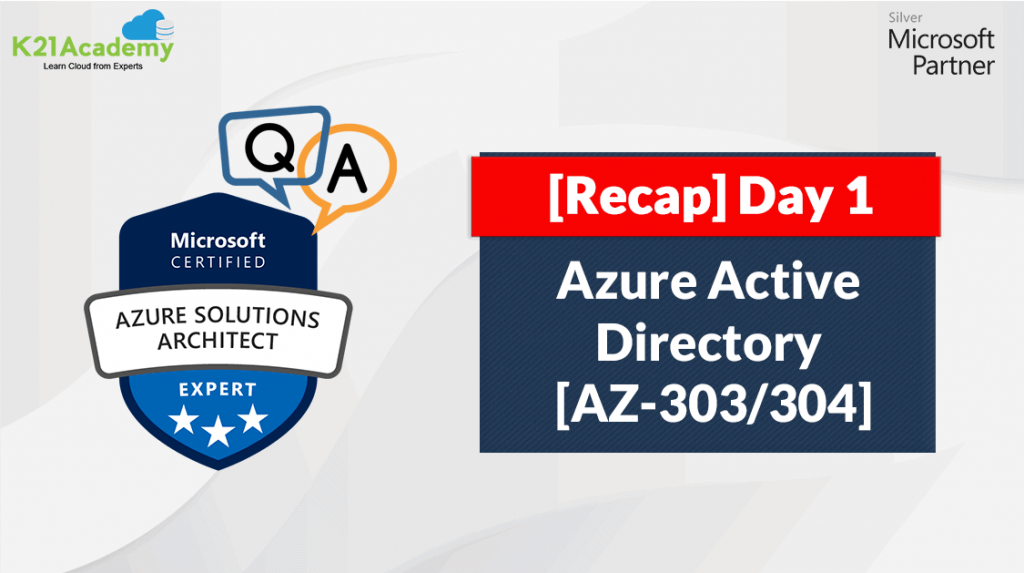
Azure Solutions Architect | Day 1 Review and Q/A
Azure Active Directory [AZ-303/304] Azure Active Directory ➪ is a cloud-based identity and access management service offered by Microsoft that helps employees sign in and access resources. Azure AD Join ➪ lets you join the devices directly to Azure AD without joining on-premises Active Directory. At the same time, it is user productive and secure. […]
Read More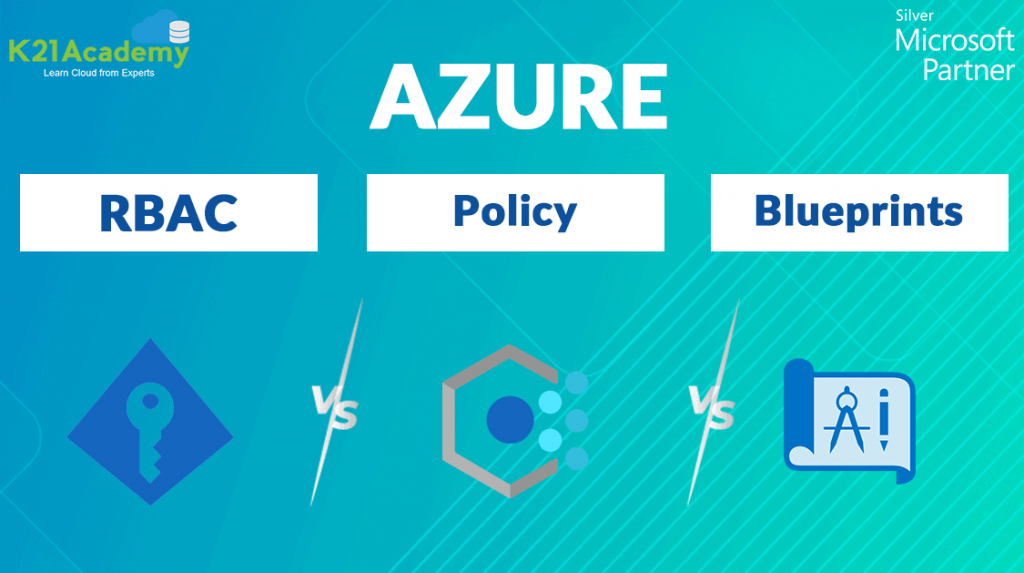
Azure RBAC vs Azure Policy vs Azure Blueprints
➽ The blog post – https://k21academy.com/az30419 will cover an overview of azure governance and its services and their differences. ➽ What comes to your mind when you see the word Governance? Is it a rule, or is it policy? Whatever it may be, don’t you think the company needs Governance to run effectively and efficiently. […]
Read More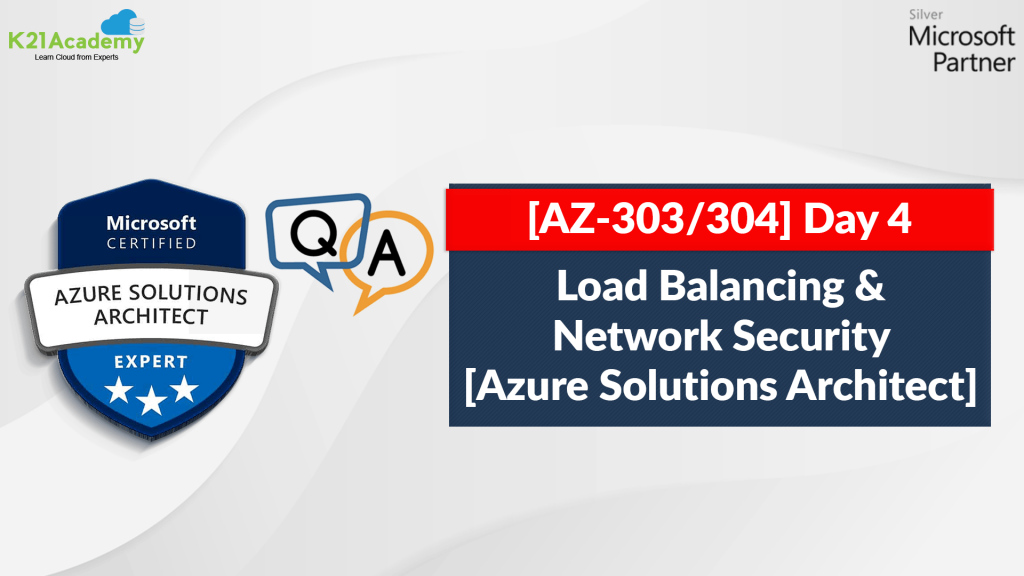
[Recap] Azure Solutions Architect | Training Day 4 | Load Balancing and Network Security
Azure is one of top cloud platform, providing solutions to most of the leading companies and Azure Solutions Architect are in much more demand. Azure Solutions Architect is a person who is involved in designing and implementing solutions that run on Microsoft Azure. Responsibilities ➽ Advising stakeholders and translating business requirements into secure, scalable, and […]
Read More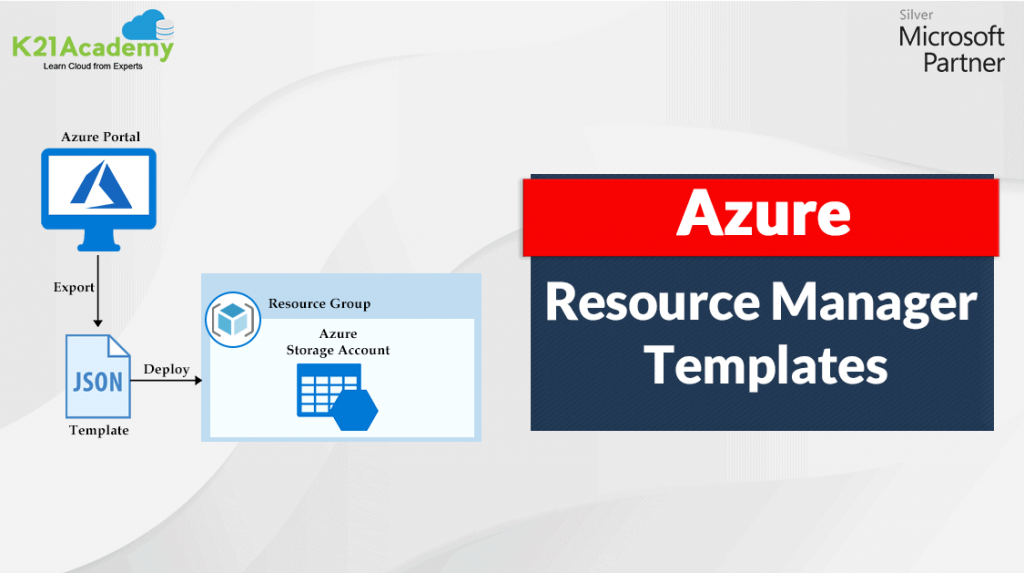
Introduction to ARM Templates: Learn, Create and Deploy in Azure
An ARM template is a block of code that defines the infrastructure and configuration for your project. It uses a declarative syntax to let you define your deployment in the form of JSON files. Template Format – In ARM Template, we need to define schema, content version, parameters, variables, functions, resources, and outputs. Azure Quickstart […]
Read More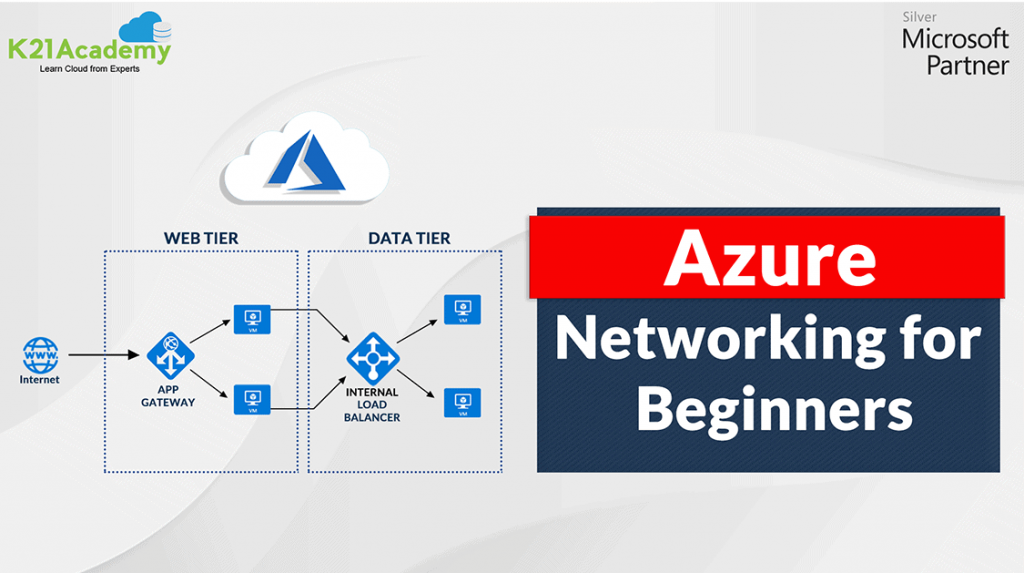
Azure Networking | A Brief Introduction for Beginners
Azure Networking is a communication protocol for connecting multiple resources via the Internet. Azure provides various tools and services that make your network strong and easy to manage. Azure Virtual Network (VNet) is a private network with interconnected Azure Resources like Azure Virtual Machines, Infrastructure and Network. If you want to learn more on Azure […]
Read More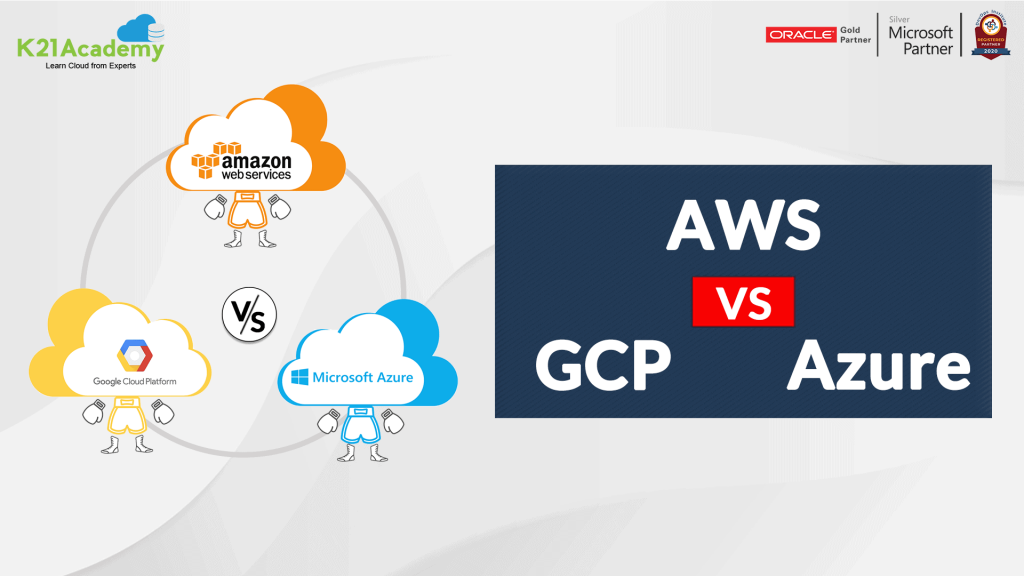
Amazon Web Service vs Microsoft Azure vs Google Cloud Platform: Key Difference Between Cloud Platforms
📍 The traditional way of hosting applications was very complicated and expensive. The amount of hardware and software resources needed to run them was very complex. With cloud computing, it’s easy to share resources over the internet. 📍 Amazon Web Service, Microsoft Azure, and Google Cloud Platform are the top 3 cloud giants in this […]
Read More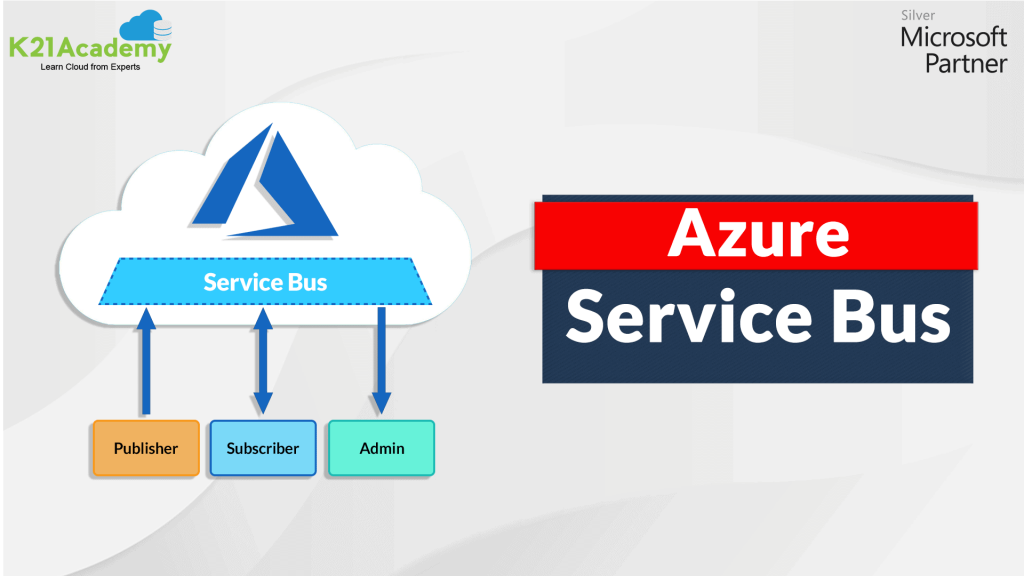
Azure Service Bus: Steps to Create Queue and Topic
➠ Azure Service Bus Azure Service Bus is the cloud-based technology for messaging and communicating between different applications and devices. Azure Service Bus avails ‘message brokers’ to conduct the processing of messages and ‘messaging stores’ to cache the messages. It helps enhance the availability by constructing topologies with a routing system. It contain two entities: […]
Read More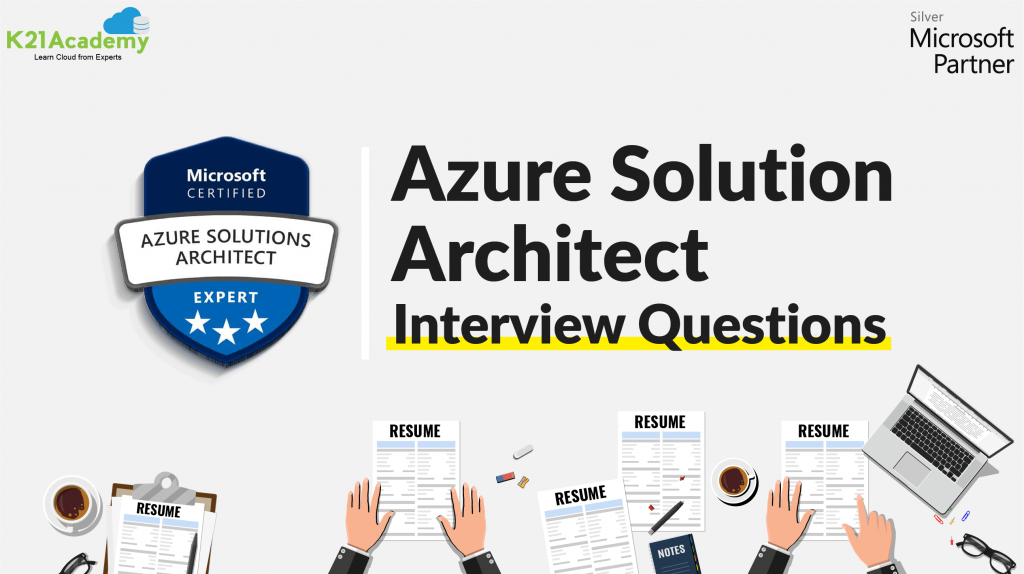
Top 25 Interview Questions for Microsoft Azure Solution Architect
Today’s cloud computing job market in Microsoft Azure is one of the raging cloud service providers today and you must be thoroughly prepared for the interview process. So, are you preparing for Azure interview questions to make your next cloud computing move? If so, read on for practice Azure interview questions and answers. In this […]
Read More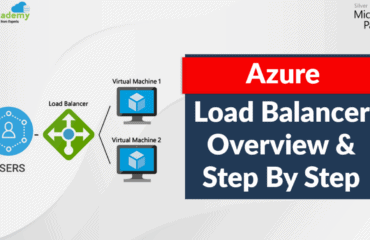
Case Study: Azure Load Balancer Overview & Steps to Setup
An Azure load balancer is used to distribute traffic loads to backend virtual machines or virtual machine scale sets, by defining your own load balancing rules you can use a load balancer in a more flexible way. In this blog post – k21academy.com/az10426, we are going to cover a case study on how to create […]
Read More